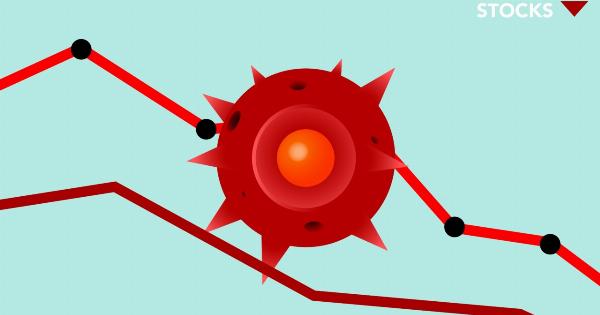Prostate cancer is a type of cancer that develops in the prostate gland of men. It is one of the most common forms of cancer in men and is typically slow-growing, which means that it may not cause symptoms or health problems for many years.
What is the Prostate Gland?
The prostate gland is a small gland that is located in the male reproductive system. It is situated just below the bladder and surrounds the urethra, which is the tube that carries urine and semen out of the body.
The prostate gland produces fluid that nourishes and protects sperm, helping them to survive longer in the female reproductive tract.
Who Gets Prostate Cancer?
Prostate cancer is more common in older men, with about 60% of cases occurring in men aged 65 or older. African-American men are more likely to develop prostate cancer than men of other races, and they are also more likely to die from the disease.
Men who have a family history of prostate cancer are also at an increased risk of developing the disease.
What are the Symptoms of Prostate Cancer?
In the early stages of prostate cancer, there may be no symptoms at all. As the cancer grows and spreads, however, symptoms may begin to appear. Some common symptoms of prostate cancer include:.
- Frequent urination, especially at night
- Difficulty starting or stopping urination
- Weak or interrupted flow of urine
- Blood in the urine or semen
- Pain or discomfort during ejaculation
- Pain or discomfort in the pelvic area or lower back
How is Prostate Cancer Diagnosed?
Prostate cancer is typically diagnosed through a combination of physical exams, medical history, and diagnostic tests, including:.
- Digital rectal exam (DRE): A doctor or nurse inserts a gloved, lubricated finger into the rectum to feel the prostate for lumps, bumps, or other abnormalities.
- Prostate-specific antigen (PSA) test: A blood test that measures the level of PSA in the blood. PSA is a protein produced by the prostate gland, and high levels may indicate the presence of prostate cancer.
- Biopsy: A small tissue sample is taken from the prostate and examined under a microscope for the presence of cancerous cells.
How is Prostate Cancer Treated?
Treatment for prostate cancer depends on a variety of factors, including the stage and location of the cancer, the person’s age and overall health, and the person’s personal preferences. Some common treatments for prostate cancer include:.
- Active surveillance: In cases of slow-growing or early-stage prostate cancer, doctors may recommend monitoring the cancer closely over time to see if it changes or grows. This approach may involve regular check-ups, PSA tests, and biopsies.
- Surgery: In cases where the cancer is confined to the prostate gland, surgery may be recommended to remove the prostate and surrounding tissue. This procedure is known as a prostatectomy.
- Radiation therapy: High-energy radiation is used to target and destroy cancer cells in the prostate gland. This may be done through external beam radiation or brachytherapy (internal radiation).
- Hormone therapy: Prostate cancer cells rely on male hormones (such as testosterone) to grow and multiply. Hormone therapy may involve medications or surgery to reduce the amount of male hormones in the body, which can slow or stop the growth of cancer cells.
- Chemotherapy: In cases where prostate cancer is advanced or has spread to other parts of the body, chemotherapy may be recommended to kill cancer cells.
Preventing Prostate Cancer
Although there is no guaranteed way to prevent prostate cancer, there are some steps that may help reduce the risk of developing the disease. These include:.
- Eating a healthy diet that is low in fat and high in fruits, vegetables, and whole grains.
- Exercising regularly to maintain a healthy weight and reduce the risk of obesity.
- Limiting alcohol consumption.
- Not smoking.
- Getting regular check-ups and screenings.
Conclusion
Prostate cancer is a common form of cancer in men, but it is also highly treatable when caught early.
By understanding the risk factors, symptoms, and treatment options for prostate cancer, men can take steps to protect their health and reduce their risk of developing this disease. Regular check-ups and screenings can also help detect the disease early, when it is most treatable.





























